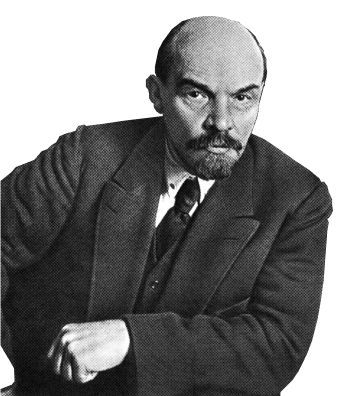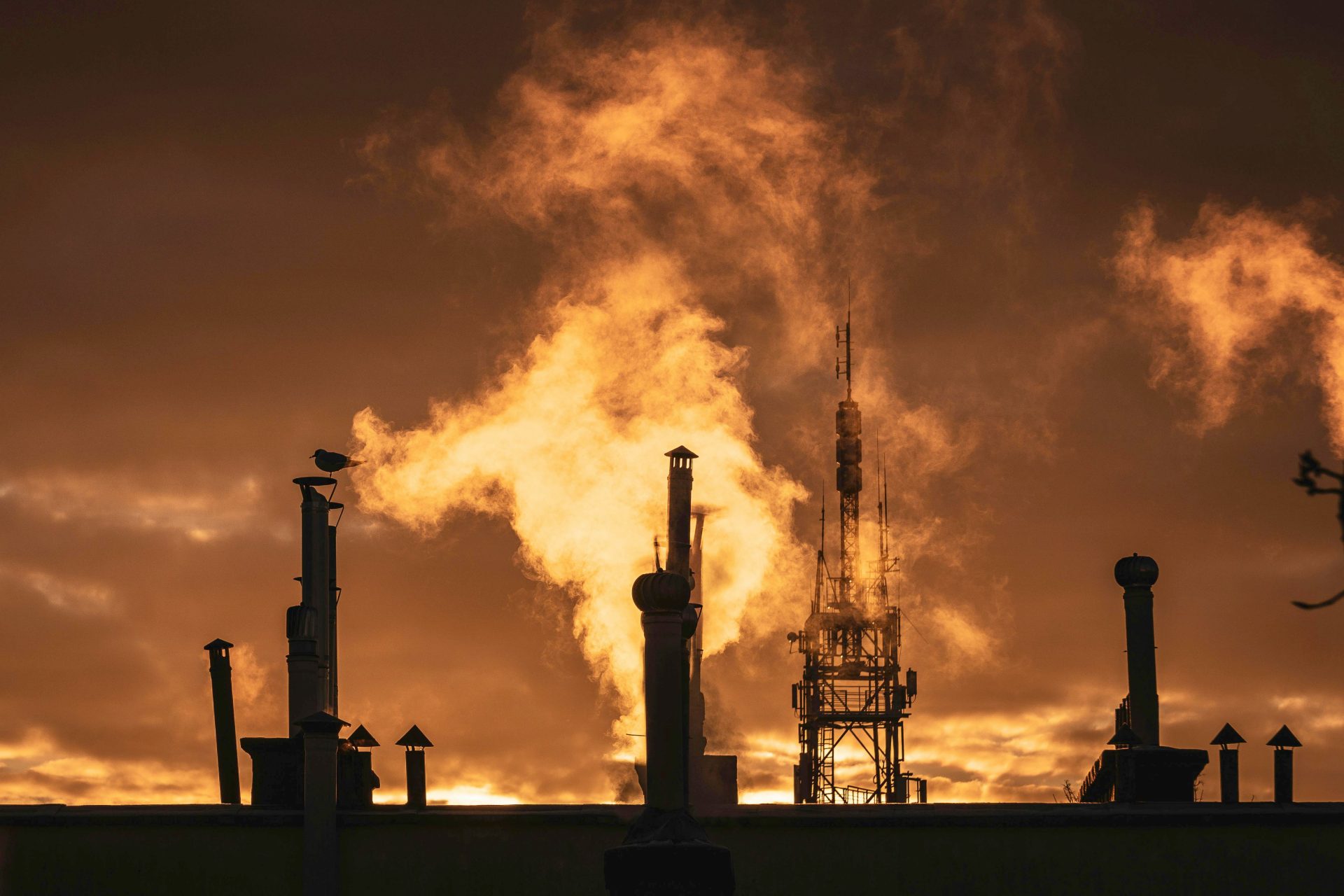
From being the birthplace of the industrial revolution, Europe has undergone a protracted decline. A part of this has been the erosion of its core industrial base, through a process of deindustrialisation, which gathered momentum following the 2008 crisis, and since COVID-19 has sharply accelerated.
In almost every metric, Europe is falling behind; squeezed between the USA – which despite its relative decline remains world hegemon – and China, which despite a recent slowdown, is rapidly growing. This is having major consequences, such as destabilising governments, impoverishing growing layers of the population, and furthering Europe’s subservient relationship with their American masters.
Two things are notable about the recent developments. Firstly, the countries worst affected by deindustrialisation currently are not smaller economies at Europe’s extremities, but the main pillars of European capitalism. Germany, the largest economy in Europe and the third largest in the world, in particular, has suffered the worst.
Secondly, it is not just this or that industry in Europe that is in decline, but many of its core industries, which are experiencing a similar decline at the same time. Particular industries that have experienced major decline over the past include basic metals, textiles, chemicals, automotive, machinery, and electronics.
Decline of the steel industry
The steel industry serves as a good illustration of this process, as a key industry that is pivotal for many others. From 2018 to 2022, the EU produced an average of 149.48 million tonnes of steel per annum, by 2024 that had fallen to 129.5 million tonnes. Since 2019, the basic metals industry – of which steel is a part – declined by 12 percent across the single market. Worst affected by this are Germany, the Czech Republic, and northern Spain. Across the EU as a whole, steel production has fallen by 30 percent since 2008.
In France, the number of blast furnaces for steel production fell from 150 in 1961 to just five in 2025. Many of these steel mills haven’t seen investment in decades, as explained by one French steel expert:
“We have not modernised the units. As a result, Europe does not attract investment funds and has lost competitiveness compared to Asia but also to developing countries like Turkey or Algeria.”
In Germany in 2022, production of crude steel fell to one of its lowest points since the 2008 crisis, reaching 37 million tonnes. This is down from 40 million tonnes in 2021, and an average yearly output of 42.6 million tonnes from 2010 to 2019. In 2025, production volumes have fallen consecutively for the past seven months, being 13.7 percent lower than in July 2025 than they were a year prior. Thyssenkrupp, one of the biggest European steel companies, recently announced that it plans to axe 11,000 jobs by the end of the decade, which accounts for 40 percent of its workforce.
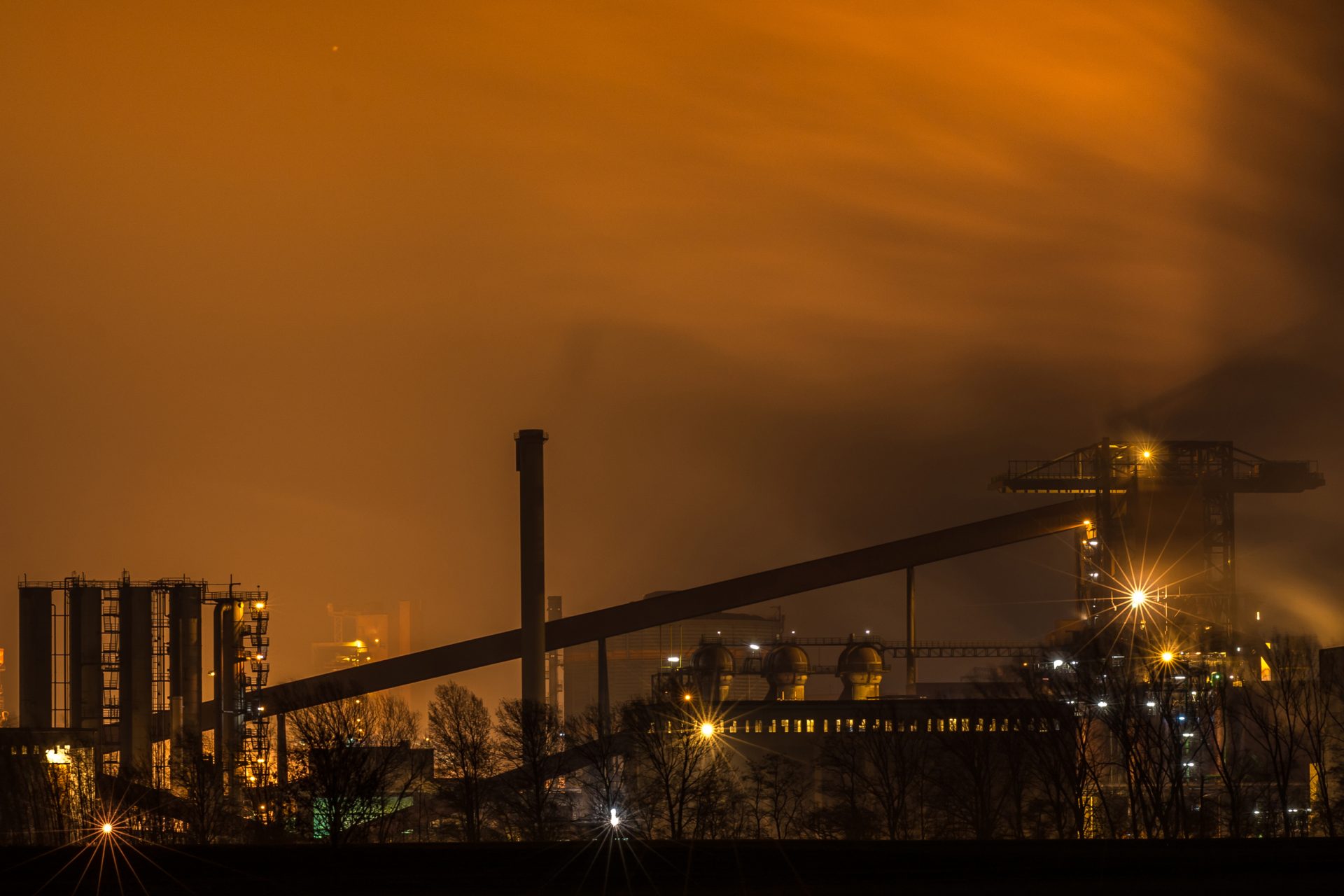
The timeline of this decline coincides with the rise of China as an industrial power. China is now the largest producer and exporter of steel in the world. Limited markets back home mean that China’s mighty industrial base has been focused on exports; in 2024 alone it produced 1 billion tonnes of steel and exported 110.72 million tonnes, just shy of the EU’s entire yearly output.
As of 2024, over 53 percent of all global steel production now occurs in China, with the EU sitting at around 14 percent. In fact, the EU is now the largest net importer of steel in the world. Of the top 50 global steel companies, 27 of them are headquartered in China. Lagging far behind is the USA, which hosts four, and the EU, which hosts only three.
Continental European powers need only to look across the English Channel at Britain to see what awaits them. In the late 1960s, Britain was the fifth largest producer of steel in the world. By the 1980s, it had fallen to tenth, and by 2023, to twenty-sixth. Since 1990, there has been an overall contraction of 73 percent in the iron and steel industry. Recently, this long-term decline has become terminal.
In 2024 alone, the output of crude steel in Britain dropped by 29 percent. In the past year, the British government has had to intervene in both Port Talbot (owned by Indian company, Tata) and Scunthorpe, its last blast furnace, (British Steel, owned by the Chinese company Jingye Group) to prevent the closures of the steelworks there.
These closures would have made Britain the only country in the G7 unable to produce its own steel, which given its strategic importance in all sectors of the economy and in particular aerospace, represents a shocking state of affairs.
Faced with 50 percent tariffs imposed by President Trump on one hand, and immense quantities of cheap steel from China on the other, prospects for Europe’s steel industry are bleak.
Energy crisis
A persistent issue that holds back European industry is high energy costs. Energy prices across Europe are on average three times those in the USA and China, and in Britain they are five times higher. This has had a marked effect on Energy Intensive Industries (EII). Examples include paper and paper products, petrochemicals, basic metals and castings, and inorganic non-metallic products.
In Britain, the collective volume and output of these industries is at its lowest since 1990, and has fallen by a third since 2021. From 2021 to 2024, the gross value added in the paper and paper products industry fell by 29 percent; petrochemicals by 30 percent; inorganic non-metallic products by 31 percent; and basic metals and castings by 46 percent.
Across Europe, it is a similar picture. Since 2019, production of machinery has fallen by 3 percent; fabricated metals 6 percent; non-metallic mineral products 11 percent; basic metals 12 percent; and both the chemicals and automotive industries by 14 percent each. Germany has been hit particularly hard. Since 2022, there has been a 10 percent reduction in Germany’s overall industrial output.
Whilst pundits chalk the energy crisis up to the Ukraine War – and clearly that did exacerbate things – this is a process that began before the war, or even the COVID-19 pandemic.
It all boils down to a lack of investment. In 2019, before the pandemic, public and private investment into European energy production and infrastructure was $260 billion, as opposed to the USA’s $420 billion, and China’s $560 billion. Rather than being the cause of the crisis, the Ukraine War merely accelerated it, and exposed weaknesses in European capitalism that had been obscured in the preceding period.
By 2024, following the cutting off of Russian energy sources – a self-inflicted blow! – Europe increased its overall investment in energy to $450 billion a year. But this still falls short of the US, which invests $550 billion, and China which leads at $850 billion a year. And much of the oil and gas that it buys is still from the Russians, just the more expensive versions through proxies such as India.
Many European strategists have placed their hopes on renewable energy as the panacea that will put Europe back on top. For example, there is the ‘European Green Deal’, which is an investment programme that will allegedly “transform the Union into a modern, resource-efficient and competitive economy”.
But the problem is, the Europeans are trying to get into a market that is already dominated by others, particularly China. The market is already saturated, leading to falling prices that would make the entry of new players impossible.
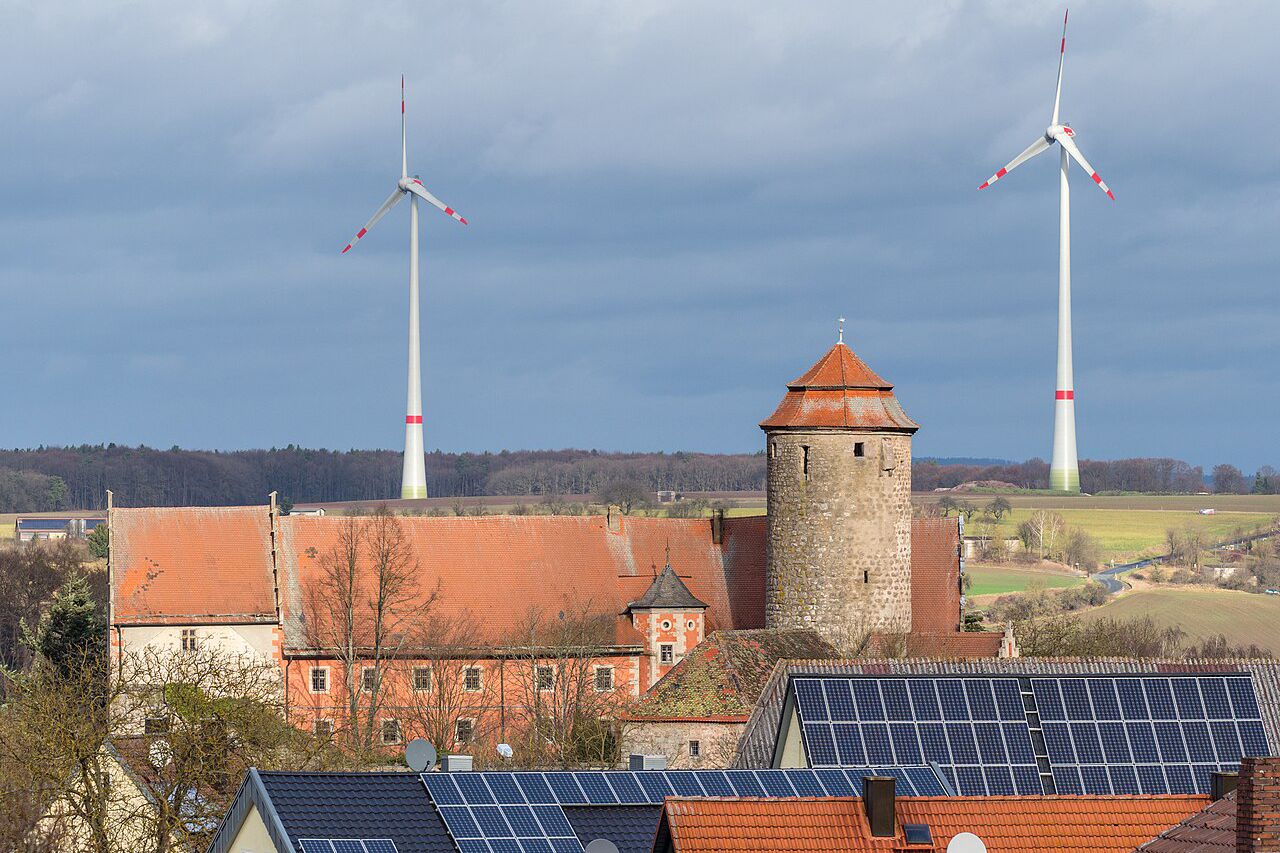
The numbers speak for themselves. In 2024, the EU invested $370 billion into renewable energy, China spent almost twice that much, with an overall investment of $680 billion. In the field of green tech, China leads the world in producing solar panels, wind turbines, lithium batteries, and electric vehicles (EV), among other things.
In 2023, it built more wind turbines than the entire world did in 2022. Between January and May this year alone, China added the same amount of solar and wind power to its grid as the whole energy capacity of Turkey and Indonesia combined.
In short, while events like Ukraine were the trigger for the crisis Europe faces, what we see all along the line is that these shocks are merely exposing the underlying fact that Europe is simply uncompetitive.
The car industry
The automotive industry is one of the most important in the European Union. It employs 13.8 million people directly or indirectly, and accounts for 7 percent of the EU’s GDP. As an energy-intensive industry which pulls together multiple other sectors – most of which are themselves in decline – the decline in the European automotive industry encapsulates the entire process.
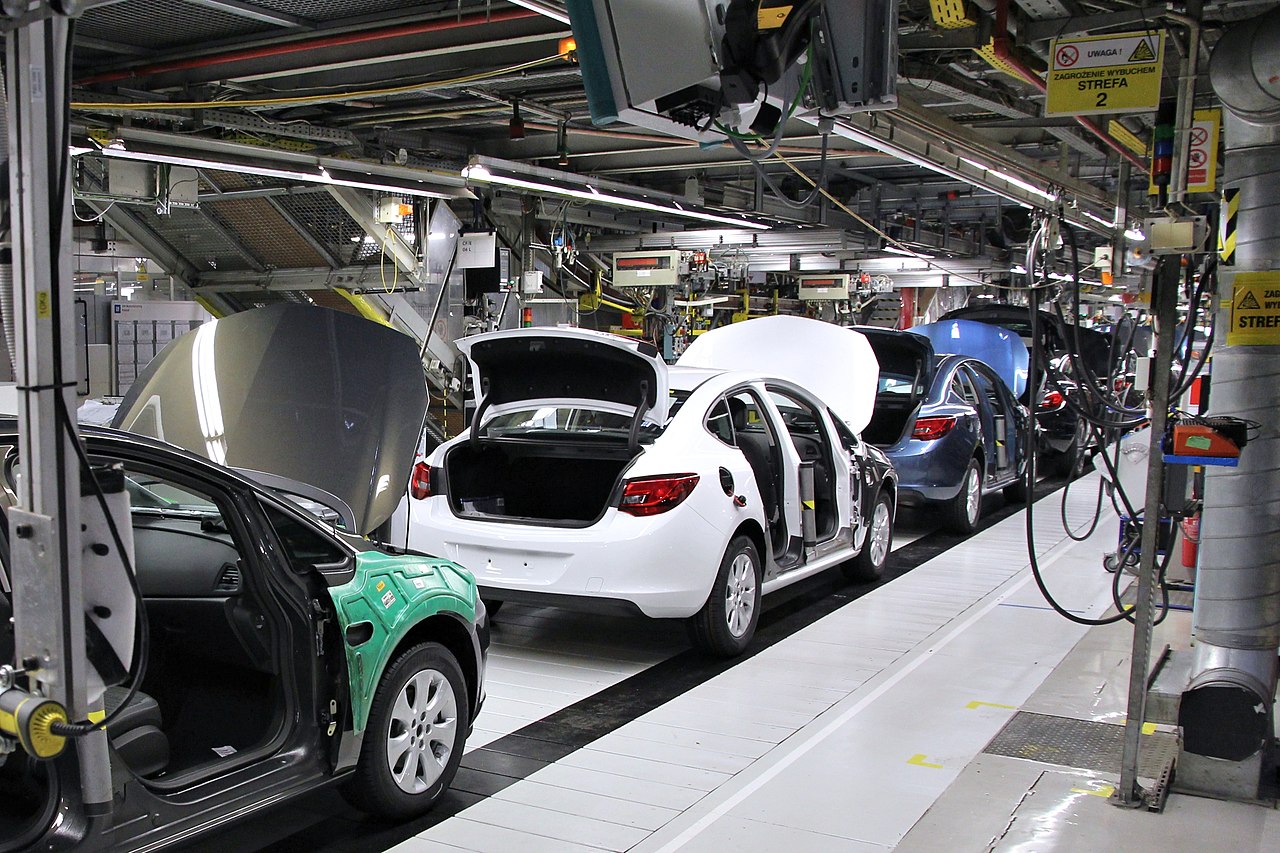
Over 2024, plans to cut a total of 88,619 jobs across various car manufacturers across the EU were announced. Notable examples include: 1,289 in France, 1,670 in Italy, 2,000 in Sweden, 2,848 in Poland, 5,547 in Belgium, and 68,385 in Germany. The bulk of these were announced by Volkswagen, the largest car manufacturer in Europe, and one of the largest in the world.
Germany’s car industry has long been a symbol of its industrial might, but has now come to symbolise its industrial decline. A recent article by the BBC highlights that car production in Germany fell from 5.65 million in 2017, to 4.1 million in 2023. The Volkswagen factory in Wolfsburg, one of the largest factories in the world with over 60,000 workers, has a capacity to produce 870,000 cars in a year. In 2023, however, it was producing just 490,000, a capacity utilisation of just 56 percent. Such a low utilisation of capacity is standard across Europe.
To put things into perspective, a capacity utilisation of 70 percent is generally considered the minimum to retain profitability, and 80 to 90 percent for full cost-effectiveness and flexibility. For light vehicles, Germany’s automobile industry has a utilisation rate of 56 percent, Britain’s 2024 capacity utilisation was just 52 percent, France’s was 50 percent, and Italy’s was just 38 percent. Countries such as the Czech Republic, Slovakia, Turkey, and Spain have fared somewhat better – all remaining above 70 percent – but the trajectory is still a downward one.
China – as the world’s largest market for cars – has previously proven a lucrative source of growth for German car exports, with Volkswagen, Mercedes-Benz, and BMW having a 26 percent share of the Chinese market in 2019. This has fallen to 18.7 percent, and continues to fall further. In 2023 alone, Volkswagen’s sales in China fell by 9.5 percent, Mercedes-Benz’s by 7 percent, and BMW’s by 13.4 percent.
A major factor behind this is the growth in the importance of EVs, in which China has invested heavily and is now leading the world. Chinese EV manufacturer BYD is now the world’s biggest seller of EVs, beating US companies like Tesla. A report by Swiss bank UBS found that BYD can produce its ‘Seal’ model of car around 35 percent cheaper than Volkswagen can make its own similar model.
It is not just that Chinese EVs are cheaper, they are also of a higher quality than their European competitors. A 2024 article in the New Statesman explains:
“The story is all about competitiveness. If only the wages were lower, or the government paid more in subsidies, things would be better. But the problem with German electric cars is not that they are too expensive to make: they are not state of the art. Chinese electric cars are not cheap and nasty. They are better.” [our emphasis]
Again, if German capitalism wishes to get a grim look at what could lie ahead, all it has to do is look at Britain. Last year, the output of the automotive industry in Britain fell to around 750,000, which is lower than it was during the COVID-19 lockdowns in 2020-21, as well as the 2008 crisis, and is the lowest recorded since the 1950s. The Society of Motor Manufacturers and Traders chief aptly described this as “depressing”. A collapse of the British automotive industry puts nearly 200,000 jobs at risk.
France has fared little better. Last year, its own automotive industry produced 1,357,701 vehicles, 38 percent fewer than it produced during the pandemic in 2020, and 63 percent down from its 2002 output. Somewhat more euphemistically than their British counterparts, industry experts have described this as “concerning”. That’s another 200,000 jobs.
As the figures show, this is not a linear process, where each industry falls at its own, steady pace. A crisis in one industry has impacts on others, and these compound. The production of cars, for example, requires steel, chemicals, fabricated metals, and countless other things, all of which create demand in their respective industries. Hence, a crisis in the car industry in particular can have a domino effect.
Whatever the sector, it is the same old story: US tariffs, Chinese competition, rising costs of raw materials, and high energy prices, all of which are bringing out the internal weaknesses of European industry.
Lack of investment
A 2025 EU report titled The Future of European Competitiveness paints a damning picture of Europe’s prospects. It explains that the closest the EU ever got to matching the productivity of the USA was in 1995, when it was 95 percent as productive as the Americans. The gap has now widened to the point where the EU is 80 percent as productive as the US.
The report explains this by looking at where these powers have been investing. It explains:
“Around 70% of foundational AI models have been developed in the US since 2017 and just three US ‘hyperscalers’ account for over 65% of the global as well as of the European cloud market. The largest European cloud operator accounts for just 2% of the EU market. Quantum computing is poised to be the next major innovation, but five of the top ten tech companies globally in terms of quantum investment are based in the US and four in China. None are based in the EU.”
Whereas the US and China have adapted and invested in new technologies, Europe has remained very much stuck in the past. “Over the past two decades”, it explains, “the top-three US companies for spending on Research and Innovation (R&I) have shifted from the automotive and pharma industries in the 2000s, to software and hardware companies in the 2010s, and then to the digital sector in the 2020s”.
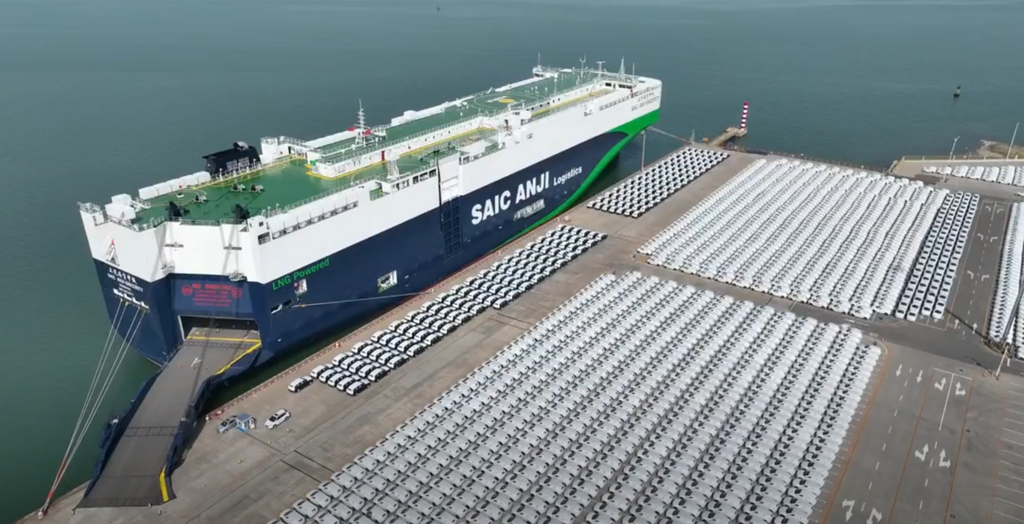
Europe, on the other hand, “has remained static, with automotive companies consistently dominating the top 3 R&I spenders”. Furthermore, “investment has remained concentrated on mature technologies and in sectors where productivity growth rates of frontier companies are slowing”.
Furthermore, the bare amounts of investment in research and development have massively lagged. In 2021, European companies spent €270 billion on R&I, which is around half (as a share of GDP) than their American counterparts.
Once more, the car industry embodies this issue. Unlike China, which has spent years investing heavily in EVs and all the necessary parts, such as batteries, the European car industry doubled down on its strength: the diesel engine. Hence, the recent scandal where Volkswagen cars were found to have lied about the green credentials of their diesel cars, rather than actually producing viable EVs that could pass the tests.
The Future of European Competitiveness concludes that the EU will need to muster up €800 billion at least to begin to rectify some of these issues. Other similar reports are less optimistic, pulling up figures in the trillions.
A rock and a hard place
This is the backdrop of the current situation, where the largest companies in modern industries are either American or Chinese. The report points out that:
“In fact, there is no EU company with a market capitalisation over EUR 100 billion that has been set up from scratch in the last fifty years, while in the US all six companies with a valuation above EUR 1 trillion have been created over this period”.
In so many words: the European bourgeois have barely invested in new technology, infrastructure, machinery, and so on in the past 30 years. Instead, they have lived off the fat of the past, and relied on its cosy relationship with the Americans to cover over any cracks. This is now coming to an end.
A world crisis of capitalism, the relative decline of US imperialism, trade wars, and the unwinding of the world order that has prevailed for the past 80 years mean that it is every man for himself. Despite attempts to circumvent this, Europe is not a single entity, but a patchwork of pygmy states, all with their own national bourgeoisie, each with its own conflicting national interests. It is incapable of competing with the unified, national markets of the USA and China.
There are industries, like combustion engine automobiles, where the Europeans are well established and even dominant. But new industries, like AI and EVs, require huge investments. The problem is, while a single market on paper, in practice the EU’s 27 member states have 27 different capital markets, with at least five major stock exchanges. Each state and each ruling class is too small on its own to muster the kind of capital required to remain competitive without taking on an intolerable risk. Instead, most investment goes into perfecting old industries.
Some have described this as a ‘mid tech’ trap: that Europe’s is not a low tech economy, but it is now too small to break into the high tech industries, and thus it is continually reinforced in its focus on its old and ageing industries.
The US and China on the other hand provide far greater scope for companies to blossom into immense monopolies, which can take advantage of economies of scale. It clearly demonstrates the barrier to development posed by the private ownership of the means of production and the nation-state.
Europe’s response to the war in Ukraine exposed many of these limitations. When it comes to arms procurement and the production of military equipment, European industry has been plagued by a repetition of effort, competition between allies, and an inability to replace parts and munitions due to the inadequacy of its home industry.
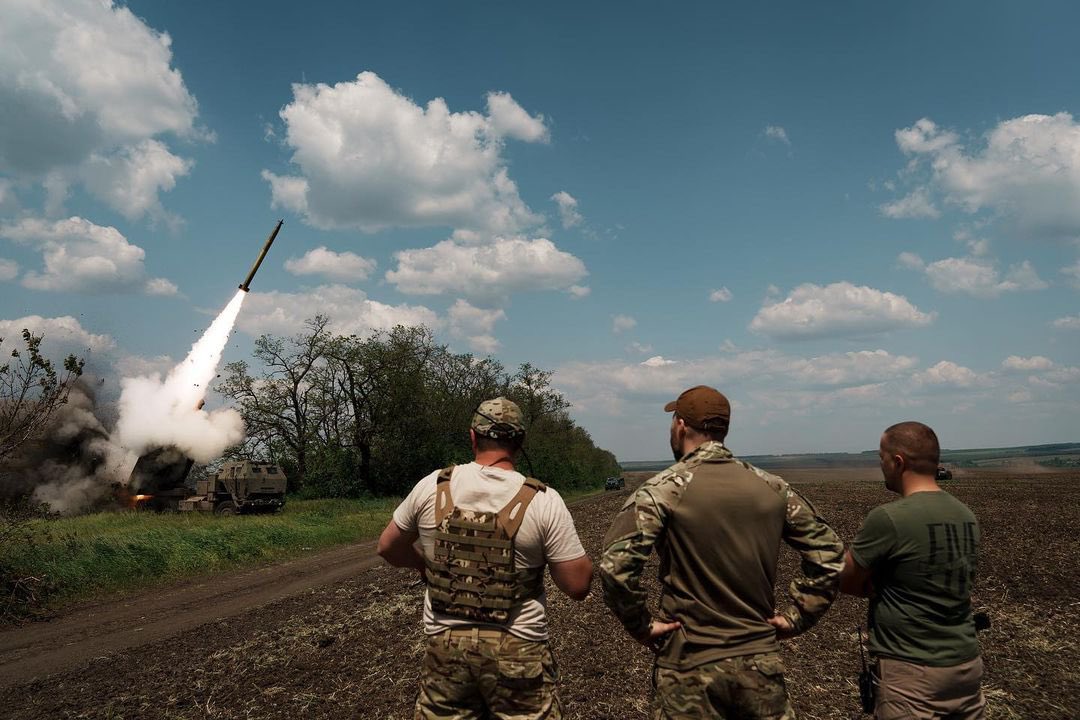
At the start of the war, for example, it was found that Europe couldn’t carry out its own enrichment of nitrocellulose (used to make shells) as much of the industry had been offshored to China! One report describes Europe’s position:
“[A] chronic tendency to try to protect domestic manufacturing has driven intense competition among allies. This has meant investment was devalued, rather than used to encourage collaboration to maximise the efficiency of production across the continent.”
The Ukraine War also exposes the relationship between the economic decline and the political factors. Cutting Europe off from Russian gas following US imposition of sanctions was an act of immense self-harm on the part of the Europeans and raised their already high energy prices. Now, President Trump is pressuring the Europeans to place tariffs of 100 percent on China, in order to pressure China to pressure Putin to sue for peace in Ukraine. Such an act would be a death sentence for many already struggling industries.
Europe is stuck between a rock and a hard place. The USA is Europe’s largest market for exports… and China is its largest source of imports. To cut one off in favour of the other would be suicidal.
But such a dilemma is precisely what faces European capitalism today. Despite being slapped with tariffs, insults, and accusations that they are all “going to hell” by the US President, Europe continues to cling to Washington’s coattails. And so Europe continues to take its cue from the US when it comes to China, even when the biggest loser of cutting China out of trade is Europe itself.
The European capitalists are stuck between a rock and a hard place. With the backdrop of stagnant growth – or outright recession – a vast array of cuts to social spending, welfare, healthcare, and many other things is on the agenda. Economic stagnation is being expressed in political crisis, as any representative that has to carry through what capitalism demands of them will inevitably be deeply unpopular.
The European working class is expected to foot the bill for this crisis, but it will not take these attacks lying down. This is a recipe for an explosion of class struggle in the future.
